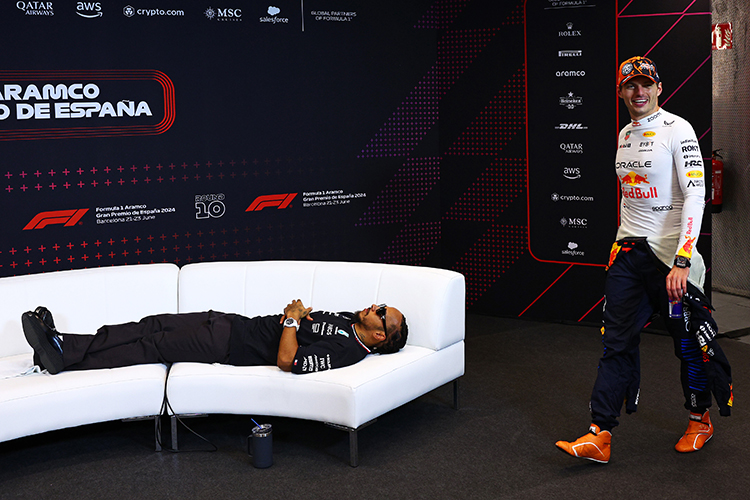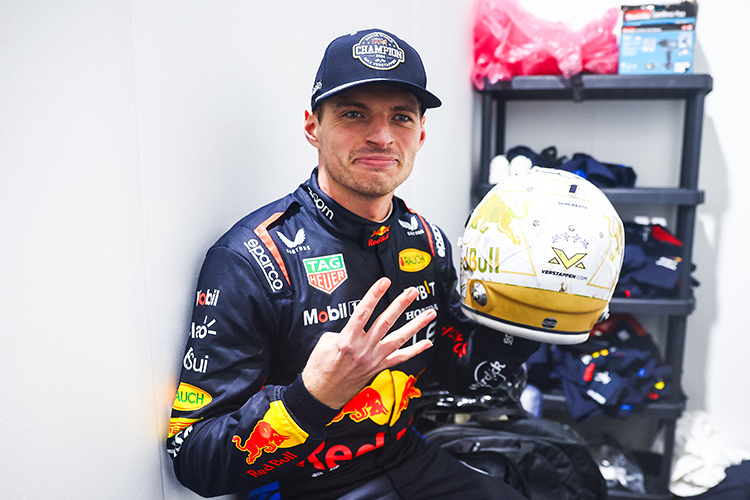How Technological Advancements Bring Real-Time Telemetry to F1 Broadcasts

Formula 1 World Champions: A legacy of racing legends
What technological advancements have allowed F1 broadcasts to include real-time car telemetry?
Explore how technological advancements like sensors, data transmission, and cloud computing power real-time telemetry in Formula 1 broadcasts.
The Technology Behind Real-Time Car Telemetry in F1 Broadcasts: A Deep Dive into Data-Driven Racing
Revolutionizing F1 Broadcasts with Telemetry
Formula 1, the pinnacle of motorsport, has always been a showcase of technological innovation. Among its many advancements, real-time telemetry stands out as a transformative feature in modern broadcasts. This technology delivers live insights into car performance, driver actions, and race strategy, offering fans an unparalleled viewing experience.
Advanced Sensor Networks: The Backbone of Telemetry
F1 cars are equipped with an intricate network of sensors that monitor hundreds of performance metrics, including engine temperature, tire pressure, brake conditions, and driver inputs. These sensors, designed to endure extreme conditions, provide precise, real-time data that is critical for both teams and broadcasts.
High-Speed Data Transmission for Instant Insights
Data collected by the sensors is transmitted via radio and satellite communication systems, ensuring seamless delivery to teams and broadcasters. These high-speed systems relay data in milliseconds, enabling telemetry graphics to appear on-screen almost instantly. Emerging 5G technology promises even faster, more reliable data transmission in the future.
Real-Time Data Processing and Analytics
Processing the immense volume of telemetry data requires powerful computing solutions, both trackside and in the cloud. Advanced analytics transform raw data into actionable insights, such as projected lap times and tire degradation rates, which are seamlessly integrated into live broadcasts for fans.
Engaging Broadcast Overlays
One of the most visible applications of telemetry is the on-screen graphics that display live metrics, such as speed, tire wear, and throttle inputs. These overlays enrich the broadcast, allowing fans to understand the nuances of racecraft and the technical elements of car performance in real time.
Cloud Technology and Remote Broadcasting
With races held worldwide, Formula 1 relies on cloud technology to centralize telemetry data and enable efficient remote broadcasting. This setup minimizes on-site infrastructure while ensuring seamless access to telemetry data for teams, broadcasters, and fans globally.
Driver Radios and Real-Time Strategy
Telemetry data directly influences team strategy, often shared through radio communications with drivers. Fans hear these exchanges during broadcasts, adding a layer of storytelling that connects real-time data to on-track decisions and outcomes.
Second-Screen Experiences for Fans
The F1 app and other digital platforms bring telemetry to fans’ fingertips, offering a second-screen experience with access to live metrics, onboard cameras, and interactive race data. This feature allows fans to dive deeper into race strategy and car performance, enhancing their engagement with the sport.
Conclusion: Telemetry Transforms the F1 Experience
Real-time telemetry has revolutionized Formula 1 broadcasts, turning races into dynamic, data-driven experiences. By combining advanced sensors, rapid data transmission, and cutting-edge analytics, telemetry bridges the gap between fans and the intricacies of F1 strategy. For viewers, this innovation offers a front-row seat to the precision, speed, and strategy that define the sport.
Up Next


